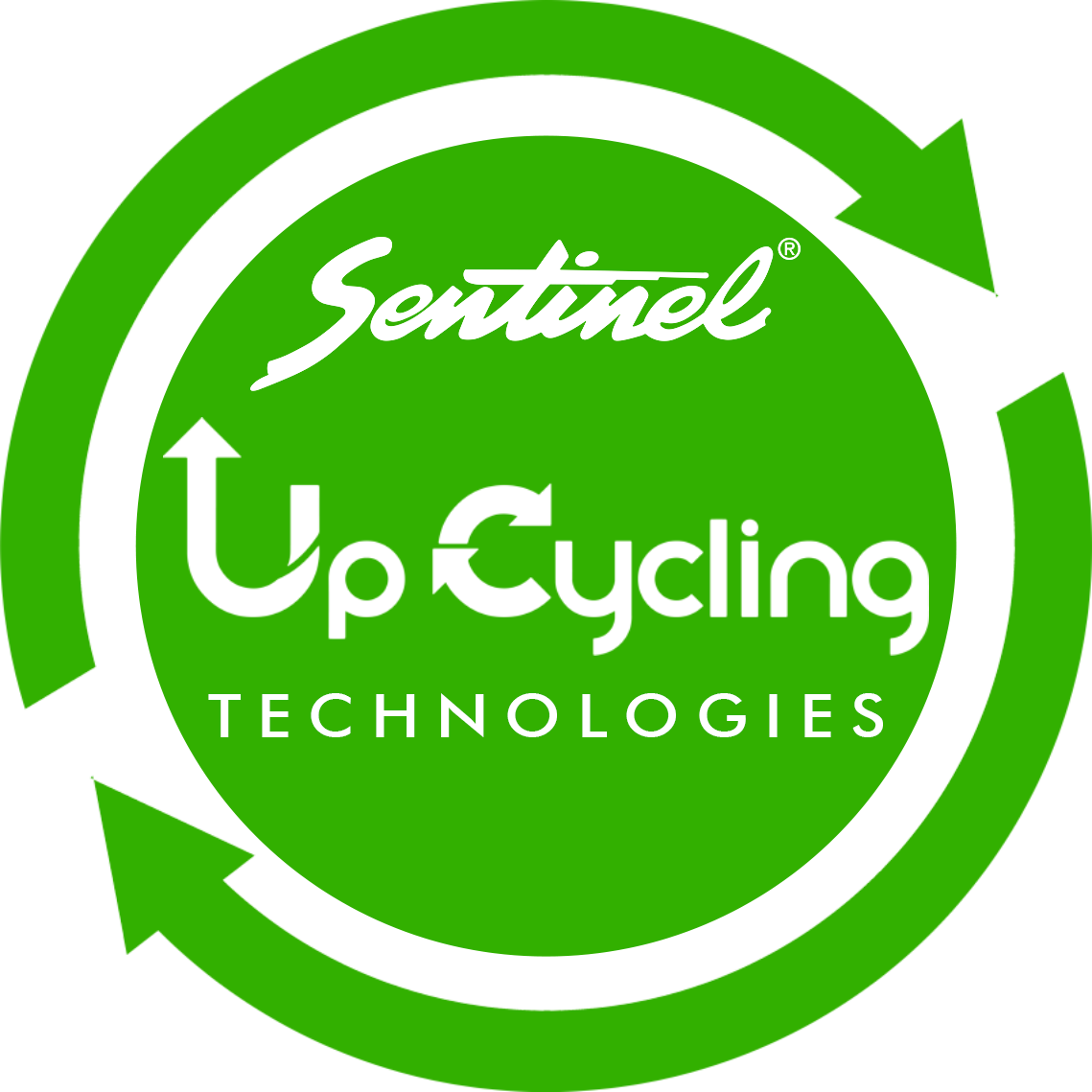Help divert our waste from oceans & landfill through Upcycling

Plastics is the material of our present and future. Plastics make our lives easier, and are used in almost all aspects of life - agriculture, automotive, communication,
construction, electronics, home furnishings, fields of medicine, food handling, and many more.
There are many outstanding qualities that plastics are endowed with, but not many people are aware of these qualities. For instance, not only
is plastic material light and functional, but also inexpensive, therefore indispensable because it makes up for the deficiencies of naturally
occuring materials. Unlike wood, plastics do not rot or break easily, and the material isn't as heavy as glass nor does it rust like metal.
Despite all these complimentary features, this versatile material is facing some harsh criticism.
As a result of inefficient recycling systems within the linear plastics economy, too much plastic is released into the environment. it's imaged as a massive
diposable waste material renders it is one of the culprits in environmental pollution. Overshadowing the material's potential for the future.
One thing is clear: it is neither possible nor sensible to eliminate plastic from our lives. However, changes must happen, in order for the plastics
economy to become circular.
What does it take for the plastic cycle to become circular and no longer end up pulling the environment after use?
This is the question that Sentinel Upcycling Technologies aims to answer.

Stakeholders are essentially the key players throughout the process such as: Manufacturers, Consumers, and Recyclers. All need to do their part to achieve a true circular economy.

Upcycled products need to be durable and meet the same quality standard as that of virgin material. The type of Upcycled products and how they are used need to thrive towards products that are for long-term use, and not short-term disposable products.

Ultimately, Stakeholders all need to make a coordinated effort as they work towards a common goal-reaping the benefits from plastics without polluting the environment.

Lastly the circular economy has to be profitable for all stakeholders.
It all starts with products and manufacturing, both of which need to take recyclability into account. After that, consumers need to take waste
reduction and recycle centric waste segregation seriously.
The Cycle continues in the waste management and recycling industry, which need to
ensure material purity to produce high quality recycled materials. Next manufacturers need to be willing to use recycled materials in their production
process. The process comes to a full circle with consumers who exercise conscious consumption and prefer materials that come from recycled
and upcycled sources.
Turning Low Value Plastic Waste to Higher Value Durable Products
In Partnership with local industry players, we have figured out a way to make use of these single use packaging to turn them into products such as: crates, pallets, trolleys, trays, and furniture. We hope that, you, the consumer can do your part in closing the plastic circular economy by supporting us as we try to do the hard but necessary task of stopping plastic pollution.
You can see our Upcycled product catalog here in our Facebook page
Hire our Partners Clean Our Oceans Project to conduct a plastic waste management seminar in your place of work, village or association.
Like and Share our Facebook page to spread the word about us and what we are trying to do.

It takes the whole world
to save the world.